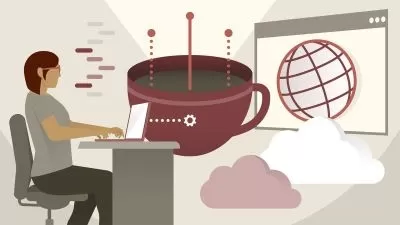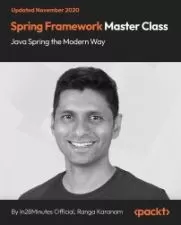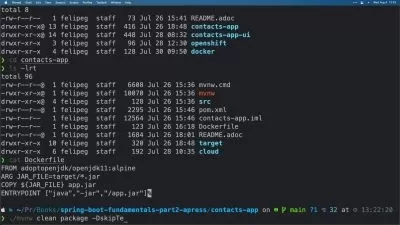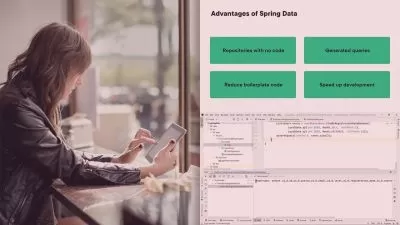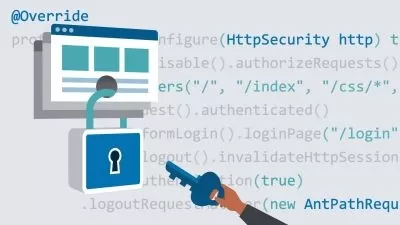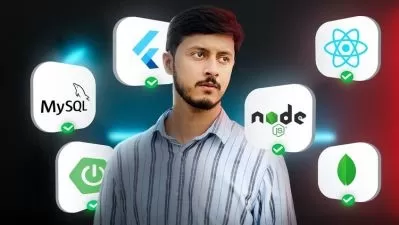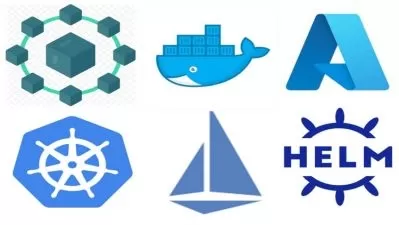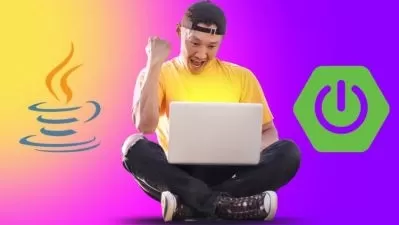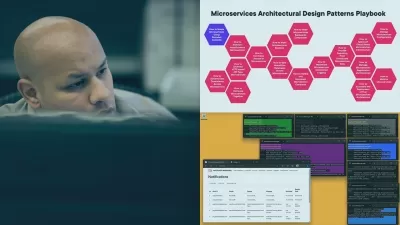Java Microservices with Spring Cloud: Developing Services
Richard Seroter
3:16:19
Description
Deliver software faster than ever. This course will teach you core Java microservices patterns including centralized configuration, asynchronous tasks, service authorization, and request tracing.
What You'll Learn?
Developers around the world are delivering software faster thanks to a microservices architecture. In this course, Java Microservices with Spring Cloud: Developing Services, you will learn the skills needed to build Java microservices.
First, you'll get an introduction to Microservices, Spring Boot, and Spring Cloud.
Next, you'll explore offloading asynchronous activities with lightweight, short-lived tasks.
Finally, you'll wrap up the course learning how to chase down performance issues using distributed tracing.
When you're finished with this course, you'll have a foundational knowledge of key microservices patterns and be able to use your experience to build better Java microservices.
More details
User Reviews
Rating
Richard Seroter
Instructor's Courses
Pluralsight
View courses Pluralsight- language english
- Training sessions 71
- duration 3:16:19
- level average
- Release Date 2022/12/12






